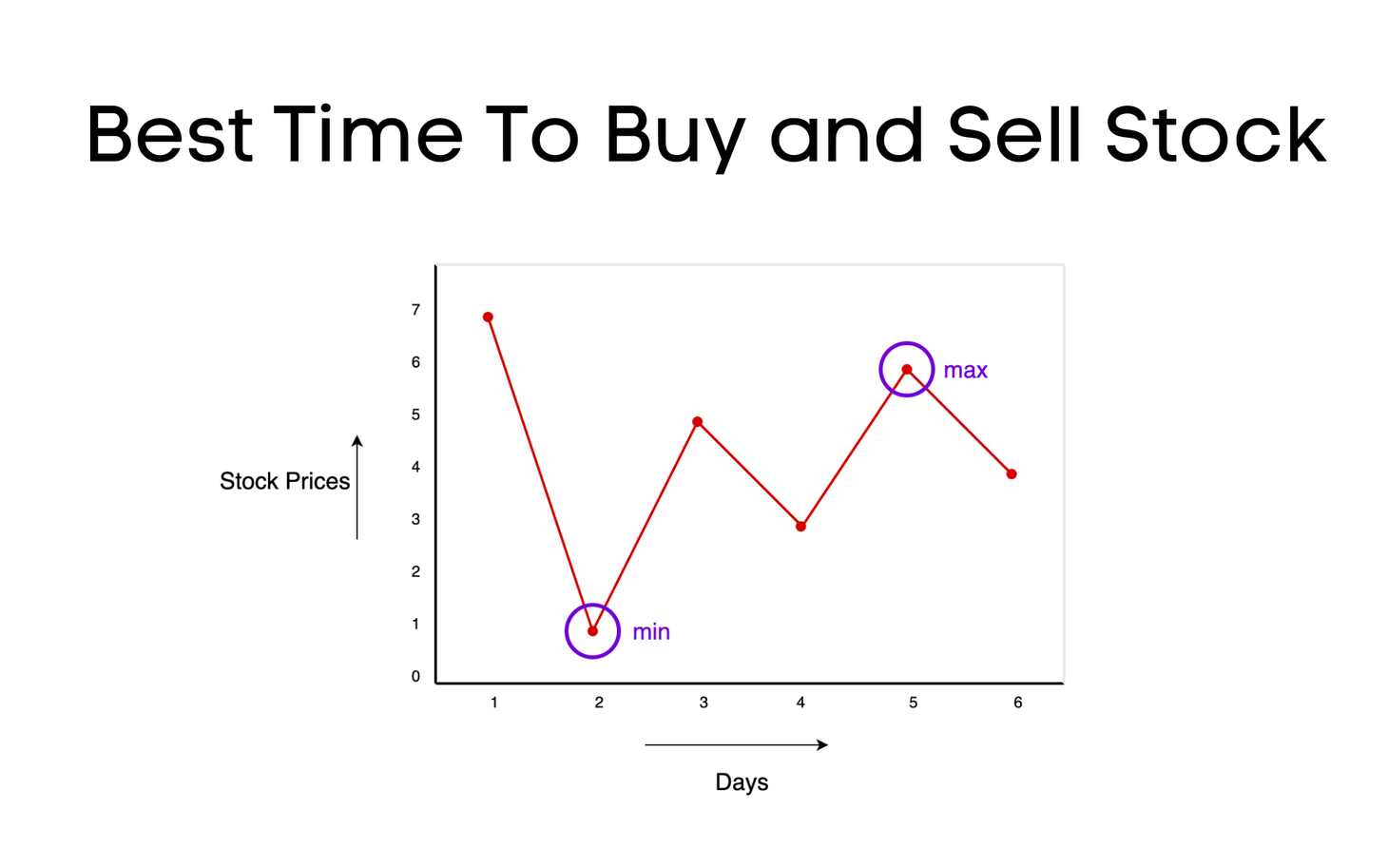Achieving Efficiency and Scalability in DSA Problems.
In this lesson, you will discover techniques for enhancing efficiency and scalability on DSA.
Table of Contents
Efficiency and scalability are essential aspects of Data Structures and Algorithms (DSA):
- Efficiency: DSA emphasizes developing algorithms that execute tasks as efficiently as possible. Efficiency is typically measured in terms of time complexity (how long an algorithm takes to run) and space complexity (how much memory an algorithm requires). Efficient algorithms minimize time and space usage, ensuring optimal performance for large-scale data or time-sensitive applications.
- Algorithmic Complexity: DSA provides tools for analyzing and comparing algorithmic complexity. This allows developers to choose the most efficient algorithm for a specific problem. Common complexity notations, such as Big O, Big Theta, and Big Omega, help quantify the growth rate of time and space requirements as the input size increases.
- Scalability: DSA addresses the ability of algorithms and data structures to handle increasing amounts of data or growing system demands. Scalable solutions can efficiently process larger datasets, handle higher user loads, and adapt to changing requirements without significant performance degradation. Scalability is crucial for applications that need to handle exponential data growth or support many concurrent users.
- Optimization Techniques: DSA provides optimization techniques to improve the efficiency and scalability of algorithms. Techniques like memoization, dynamic programming, greedy algorithms, and divide-and-conquer help developers optimize algorithms by reducing redundant computations, identifying optimal solutions, or breaking down problems into manageable subproblems.
Efficiency and scalability are key considerations when designing algorithms and selecting appropriate data structures. By focusing on these aspects, DSA enables developers to create high-performing solutions that efficiently handle complex problems, large datasets, and demanding computational requirements.
Gopi Gorantala Newsletter
Join the newsletter to receive the latest updates in your inbox.

